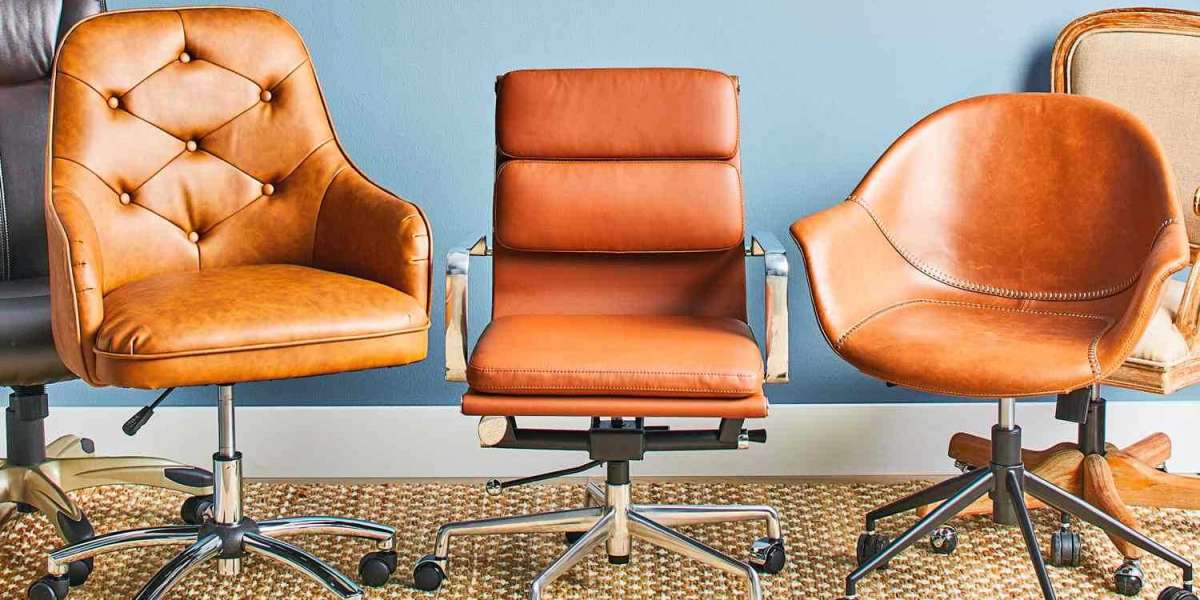Creating a sustainable workspace is an excellent way to reduce your environmental impact while working in a healthier, eco-friendly environment. Here are several sustainable choices you can make for a greener workspace, from eco-conscious furniture to energy-efficient practices.
1. Sustainable Office Furniture:
Opt for furniture that is made from eco-friendly materials or supports sustainable manufacturing practices.
- Recycled and Reclaimed Materials: Look for desks, chairs, and storage solutions made from recycled or reclaimed wood, metal, or plastic.
- Brands to Consider:
- Herman Miller: Known for their eco-friendly designs, including the Aeron chair, which is made from up to 91% recycled materials.
- Emeco Chairs: Offers chairs made from recycled aluminum and plastic, such as the 111 Navy Chair made from recycled Coca-Cola bottles.
- Vepa: This brand uses sustainable manufacturing processes and materials like reclaimed wood and eco-friendly fabrics.
- Brands to Consider:
- Bamboo Furniture: Bamboo is a fast-growing, renewable resource. Desks, chairs, and shelves made from bamboo are stylish and sustainable.
- Greenington Furniture: Specializes in bamboo furniture that’s durable and eco-friendly.
2. Eco-Friendly Office Supplies:
Choose office supplies made from recycled or sustainable materials to reduce waste.
- Recycled Paper: Use paper made from 100% recycled content for printing or notetaking, and reduce paper usage by going digital when possible.
- Brands: TreeZero or Staples Eco-friendly Paper.
- Eco-friendly Pens and Notebooks: Look for pens made from recycled plastic or refillable options and notebooks made from recycled paper.
- Brands: Pilot B2P (Bottle-2-Pen) or Decomposition Notebooks.
- Zero-Waste Office Supplies: Avoid disposable items. For example, use stainless steel staplers that last longer, or opt for staple-free staplers that don’t use metal staples.
3. Energy-Efficient Electronics:
Choose energy-saving devices and appliances to minimize electricity consumption in your workspace.
Energy Star-Certified Devices: Look for the Energy Star label on computers, printers, and lighting to ensure they meet energy-efficiency guidelines.
Laptops Over Desktops: Laptops typically use 20-50 watts of power, while desktops can use 60-200 watts. Switching to a laptop can reduce your energy usage.
LED Lighting: Replace incandescent bulbs with LED lights, which use significantly less energy and last longer.
- Brands: Philips Hue or Cree LED Bulbs for energy-saving and adjustable lighting.
Smart Power Strips: Use smart power strips that automatically turn off power to devices that are not in use, reducing phantom energy consumption.
4. Sustainable Decor and Accessories:
Add eco-friendly touches to your workspace through decor and accessories made from sustainable materials.
Houseplants: Adding plants to your workspace improves air quality and creates a calming, natural environment. Some good options include snake plants, peace lilies, and aloe vera. They’re easy to care for and help purify the air.
Eco-Friendly Desk Accessories: Opt for desk organizers, file holders, and storage solutions made from sustainable or recycled materials.
- Brands: Poppin's Recycled Desk Accessories or Mind Reader Bamboo Desk Organizer.
Sustainable Rugs and Curtains: Choose rugs and curtains made from natural fibers like organic cotton, jute, or hemp, which have a lower environmental footprint.
5. Waste Reduction Strategies:
Reducing waste in your office is key to sustainability. Consider these strategies to minimize waste.
Recycling: Set up a dedicated recycling bin for paper, plastic, and metal waste in your workspace. Make sure to dispose of electronic waste (like old cables and electronics) at proper recycling centers.
Digital Tools: Use digital tools to go paperless when possible. Digital note-taking apps like Evernote or Microsoft OneNote reduce the need for physical notebooks. Opt for e-signatures over printed documents.
Reusable Mugs and Bottles: Reduce single-use plastic by using a reusable water bottle or coffee mug. Brands like Hydro Flask and KeepCup offer eco-friendly drinkware options.
6. Sustainable Office Design:
Designing your office sustainably can reduce energy consumption and create a more eco-friendly environment.
Natural Light: Design your workspace to take advantage of natural light. This reduces the need for artificial lighting and saves energy.
Ventilation: Ensure proper air circulation through open windows or use energy-efficient fans instead of air conditioning. Improved airflow can enhance indoor air quality and reduce energy use.
Low-VOC Paints and Finishes: If you’re decorating or renovating, choose low-VOC (volatile organic compound) paints and finishes, which are better for the environment and your indoor air quality.
7. Green Energy Sources:
Power your workspace with renewable energy if possible.
- Solar Power: If you have the opportunity, installing solar panels can drastically reduce your carbon footprint.
- Green Energy Plans: Many utility companies offer green energy plans that source electricity from renewable resources like wind or solar power.
8. Eco-Conscious Office Habits:
Beyond products, adopting sustainable habits in your workspace can contribute to a greener environment.
- Turn Off Electronics: Unplug devices and turn off electronics when they are not in use to save energy.
- Reduce Heating and Cooling: Use a fan or a space heater only when necessary, and consider adjusting the thermostat to reduce energy consumption.
By integrating these sustainable choices into your home office, you not only create a greener workspace but also contribute to the broader goal of reducing environmental impact.








